Modi's official working visit to the US earlier this month at Obama's invitation can, without doubt, be rated as an outstanding success. This assessment derives from the tangibles emanating from the 50 paragraph joint statement put out by the two sides as well as from the intangibles resulting from Modi's endeavours to win the hearts and minds of the American people, business community, and leaders.
Modi's main objective as projected by the Ministry of External Affairs prior to his visit was to "consolidate the progress made in diverse areas such as economy, energy, environment, defence and security, and to intensify cooperation for the future." The joint statement bears testimony to the fact that not only was this objective achieved but the relationship was elevated to the level of a genuine multifaceted partnership characterised by mutual accommodation.
Indeed, the joint statement, at the very outset commits both sides " to pursue new opportunities to bolster economic growth and sustainable development, promote peace and security at home and around the world...................... and provide global leadership on issues of shared interest " and for good measure emphasizes the need "to remain closely invested in each other’s security and prosperity."
With 10 of the 50 paragraphs of the joint statement devoted to defence related issues under the caption "Securing the Domains: Land, Maritime, Air, Space, and Cyber", India has moved away from the hesitations of the past and openly embraced defence cooperation with the US ------- a taboo till not so long ago. The most glaring instance of how far India has come in this regard is apparent from the fact that the text of the Logistics Exchange Memorandum of Agreement (LEMOA) has been finalised and is open to exploring other agreements which would facilitate further expansion of bilateral defence cooperation in practical ways. India's moves have been fully reciprocated by the US which has recognised the former as a Major Defence Partner which will, inter alia, facilitate technology sharing by the latter with the former at a "level commensurate with that of its closest allies and partners" as well as the "export of goods and technologies, consistent with U.S. law, for projects, programs and joint ventures in support of official U.S.-India defence cooperation."
Equally significantly both countries now recognise each other as "priority partners in the Asia Pacific and the Indian Ocean region." They are also committed to working together for promoting maritime security, undertaking the co production and co development of technologies under the Defence Technology and Trade Initiative, cooperating on a variety of space related issues, including manned flights and exchange of earth observation satellite data, as well as on several cyber related issues including cyber security.
The joint statement indicates that the two sides are on the same page on terrorism and are resolved to " redouble their efforts, bilaterally and with other like-minded countries, to bring to justice the perpetrators of terrorism anywhere in the world". Cooperation between the two sides is to be strengthened to address terrorist threats from extremist groups such as Al-Qa’ida, Da’esh/ISIL, Jaish-e Mohammad, Lashkar-e-Tayyiba, D Company and their affiliates. Specific new areas of collaboration in this regard are to be evolved. The joint statement also calls on Pakistan to bring to justice the perpetrators of the 2008 Mumbai and 2016 Pathankot attacks.
The joint statement categorically affirms US support for India's membership of the Nuclear Suppliers Group, the Australia Group, the Wassenaar Arrangement, and the Asia Pacific Economic forum. It also reiterates US support for India's quest for a permanent seat in the UN Security Council. In this context, it may be mentioned that India's imminent entry into the Missile Technology Control Regime is also largely due to US support. US endeavours on our behalf for entry into the non proliferation control regimes must not, however, be seen as any favour to India but as a part of the nuclear deal under which the latter has already fulfilled all the very onerous obligations undertaken by it inter alia including separation of its civil and military nuclear programmes and the closure of the Cirus research reactor.
On climate change, the joint statement commits both sides to the early entry into force of the Paris Agreement. This is an area where we allowed ourselves to be pressurised at Paris by abandoning the hitherto accepted principle of common but differentiated responsibilities. In the joint statement we have allowed ourselves to be pressurised even further. Firstly, we have committed ourselves to "pursue low greenhouse gas emission development strategies in the pre-2020 period ". This will put in question our utilisation of fossil fuels, in particular indigenous coal of which we have huge reserves, for energy generation. Secondly, the commitment to fast track the elimination of hydro fluorocarbons (HFCs) by addressing them under the Montreal Protocol rather than under the United Nations Framework Convention on Climate Change is dangerous as our air conditioning and refrigeration industry will find it hard put to make a switch from HFCs to alternatives and thus increase our dependence on foreign technologies. These concessions are, of course, offset to an extent by the conclusion of an MOU to enhance cooperation on energy security, clean energy, and climate change, US support to Modi's International Solar Alliance along with a commitment to jointly launch its third initiative in India in September 2016, and a bevy of jointly financed India-US clean energy initiatives geared to make renewable energy widely available throughout India. This is reflective of the mutual accommodation at work in India-US ties which, perhaps, constitutes the new normal in the relationship.
The reactivation of India-US civil nuclear cooperation naturally figures prominently in the joint statement. The revival of cooperation in this sector is largely due to Modi's successfully addressing the nuclear liability issue which the UPA government had not been able to do. As a result six AP1000 civil nuclear reactors are to be built in Andhra Pradesh by Westinghouse and a competitive financing package for the same is to be developed by the US Exim Bank. Contractual arrangements for the project are to be finalised between NPCIL and Westinghouse by June 2017. Whether or not anything comes of this will, of course, depend on the nature of the financial package and the ability to tie up contractual arrangements but more importantly this understanding tides over the long standing impasse on this issue which had posed a major dampener to the further evolution of India-US ties.
Finally, the joint statement contains a slew of measures designed to promote economic and commercial ties, people to people ties and enhanced cooperation in science and technology as well as health related issues.
Clearly, while the concrete outcomes of Modi's US visit as evident from the joint statement are considerable no less important is the impact he has had in winning over the American people, its business community and its legislators.
Modi's visit to the Arlington National Cemetery to pay his respects to the US soldiers who had laid down their lives in the service of the nation was a masterstroke. It would have resonated throughout the United States firmly establishing India in peoples' minds not just as a friend but as a partner. As he stated in his Congressional address both US and Indian soldiers had laid down their lives in the thousands in defence of democracy and liberty.
Displaying extraordinary energy Modi made it a point , notwithstanding a particularly punishing schedule, to interact at length with the top US business leaders as well as the US-India Business Council in order to promote India as the ideal business destination. In so doing he underlined in his own inimitable and persuasive style the enormous opportunities on offer in India in this regard particularly as a result of the reform process underway in the country. The feedback from the US business community has been highly positive and vastly enhanced US business investments into India are on the cards.
Modi's 40 minute address to a joint meeting of the US Congress was nothing short of a tour de force as evident from the repeated applause and nine standing ovations it drew. Peppered with just the right amount of wry humour, generously sprinkled with brilliantly crafted language, pressing all the right buttons and delivered with panache, the address was an oratorical masterpiece which held everyone enthralled.
The message in brief was that both USA and India had shared ideological moorings with their commitment to democracy, pluralism, the rule of law and equal respect for all faiths. Thinkers and democratic norms from each country had influenced the other over the decades.
Tracing the evolution of India-US ties he underlined that these had "overcome the hesitations of history" and were now marked by "comfort, candour and convergence." He lauded Congress for its role in this regard most notably for supporting the nuclear deal and for its 'solidarity" following the Mumbai attack. He followed this up with an expose on his developmental ambitions for India in which he saw the US as an "indispensable partner " which in turn could benefit from India's strong economic growth, talent pool, market and location. Similarly, he made a persuasive case for a strong India-U.S. partnership to "anchor peace, prosperity and stability from Asia to Africa and from Indian Ocean to the Pacific" which could also "help ensure security of the sea lanes of commerce and freedom of navigation on seas".
On terrorism he minced no words in asserting that it was "incubated" in India's neighbourhood and posed the biggest threat globally and regionally. While strongly commending the US Congress for "sending a clear message to those who preach and practice terrorism for political gains" he went on to suggest that the need of the hour was to deepen our security cooperation and base it on a policy:
- "that isolates those who harbour, support and sponsor terrorists;
- that does not distinguish between "good" and "bad" terrorists; and
- that delinks religion from terrorism."
In sum, Modi's Congressional speech will have left a firm impress on the minds of all who heard it that India is a worthy, valuable and reliable friend and that the US has much to gain from partnering with it.
This address coming at a time of US Presidential transition is particularly timely as it will help to maintain the positive direction of India-US ties no matter who occupies the White House next year.
Published Date: 13th June 2016, Image Source: http://www.newsx.com
(Disclaimer: The views and opinions expressed in this article are those of the author and do not necessarily reflect the official policy or position of the Vivekananda International Foundation)

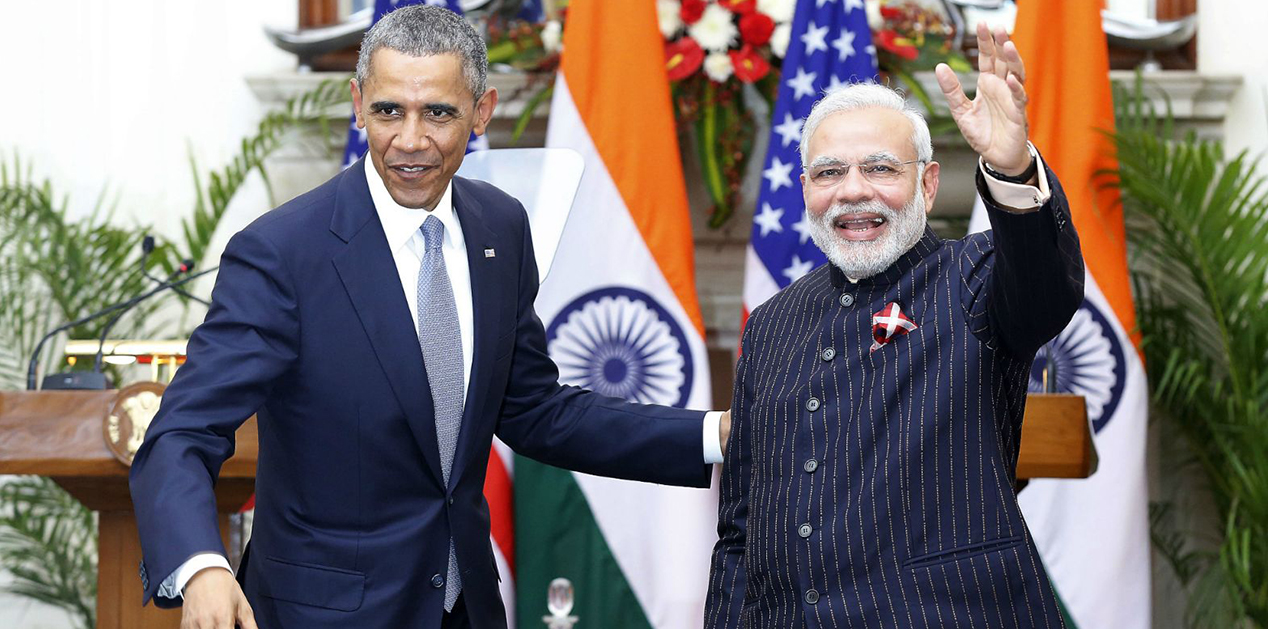
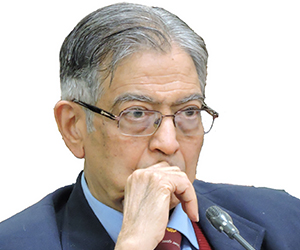

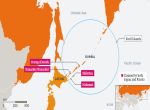
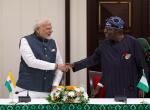
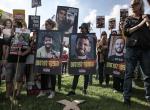

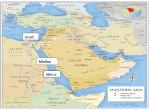

.jpg)
Post new comment